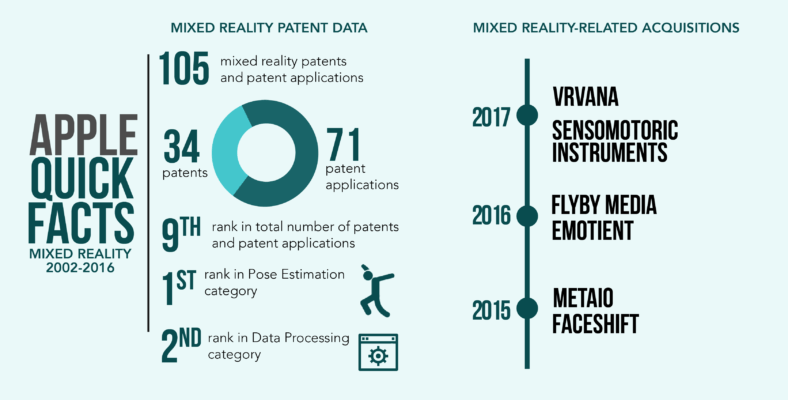This article is the second in a three-part series that provides some useful tips for performing prior art searches. If you missed the first part of this series, please check it out here.
- Prepare A Good Set of Search Keywords.
-
- A good combination of search keywords is key to performing an effective prior art search. The claim itself is, of course, the primary source of search keywords that one should start with. In general, the more required keywords (meaning the keyword is not just an alternative in a keyword string) or the more specific the required keywords used for the search, the fewer the search results will be but the search is also likely to yield more relevant references. Conversely, the broader and fewer the required keywords used, the greater the number of search results, but one is bound to get more irrelevant references.It’s important to remember that the terms used in a claim may not be the most useful keywords for finding the most relevant prior art. This is because the terms used in a claim don’t necessarily correspond to the most commonly used terms in the field or technical area of the claimed invention. One should thus also consult other sources of terms or synonyms commonly used by practitioners in the field, e.g., technical dictionaries. Also, to improve the relevance of the references generated by the search, one should make sure to include as many keywords and their synonyms from the one or more claim elements that correspond to the inventive concept or novel elements.
-
- How one does the initial step of crafting a useful keyword string depends mainly on one’s familiarity with the search subject matter. If a researcher is unfamiliar with the subject matter (e.g., because it has to do with a relatively new research field or technology), one should probably do a preliminary survey of all topic-related references including journal articles, review articles, datasheets, company-published handbooks or manuals, patents, and patent applications, including those recently published, to identify the most relevant and most-commonly used keywords in the field for forming the initial search keyword string. (Obviously, one would normally be interested only in references published before a latest date set for the prior art search.). An initial broad search is also often useful when one wants to get an idea how many potential prior art are out there. This allows you to determine how much time you’ll need for the search.
-
- Once you’ve identified those most commonly used keywords from the references generated from the initial broad search and other sources, you can save the other terms as part of your collection of synonyms if you need to perform additional searches, e.g., when your initial keyword string didn’t generate the references you want.If you’re quite familiar with a subject matter and thus have a good grasp of the best combination of keywords to use for your search, a focused initial search (meaning a specific search, using several specific, instead of general, terms) might allow you to more quickly isolate those relevant prior art, assuming they’re out there. A focused initial search would thus be preferable when you’re under a tight deadline, assuming you know the correct keywords to use at the outset. If the initial focused search is too narrow, however, it might yield too few references. One can increase the number or search results either by replacing one or more of the specific terms with a broader term, adding synonyms, or reducing the number of terms used in the search keyword string by deleting the less important ones (e.g., those terms found from the generic or routine claim elements).
-
- Be Aware How a Patent Defines a Term used in a Claim.
This is important because an inventor or the person who prepared the patent application may have, for example, expressly excluded certain members of a class represented by the term defined in the patent. For example, the patent might say: “As used herein, ‘electronic device’ is any electronic device that weighs less than 75 lbs.” Conversely, a patent may define a term more broadly compared to the conventional or the most widely-accepted definition of the term. For example, a patent might say: “As used herein, ‘display systems’ include not only LCD or LED screens, projectors, televisions, or computer monitors, but also non-optical and non-electronic displays that can be used for displaying text, drawings, plots, tables, etc., such as whiteboards.”If the patent didn’t define a term, or if it’s not clear if a specific element, object, device, process step, etc. is covered by the definition provided by the patent, one may be able to find clues regarding, for example, the members of a class represented by a claim term from the examples provided in the patent specification. Also, if the patent didn’t define a term recited in a claim, one may assume that the claim term refers to its conventional meaning, e.g., the meaning generally attributed to it by practitioners in the field.
- Take Advantage of Public Databases Available Online.
Most individual prior art researchers probably don’t’ have access to commercial databases, but there are numerous public online databases covering different topics or subject matter including those made available for public use by universities. Some examples are HighWire (“Largest archive of free full-text science journal articles”), BioMed Central, SciTech Connect, EBSCO, MEDLINEPlus Health Information, Computing Research Repository, arXiv.org, Science.gov, Google Patents, and Google Scholar. Some universities also make their students’ theses and dissertations available for public viewing or downloads.






